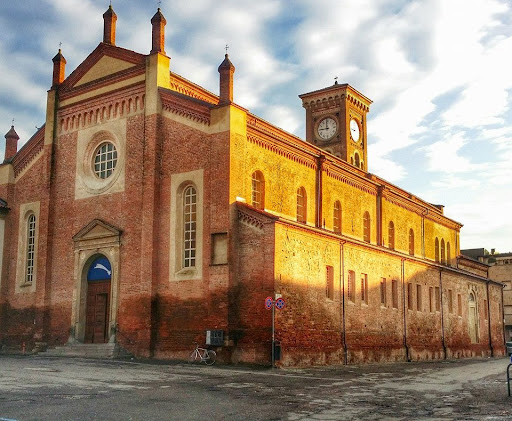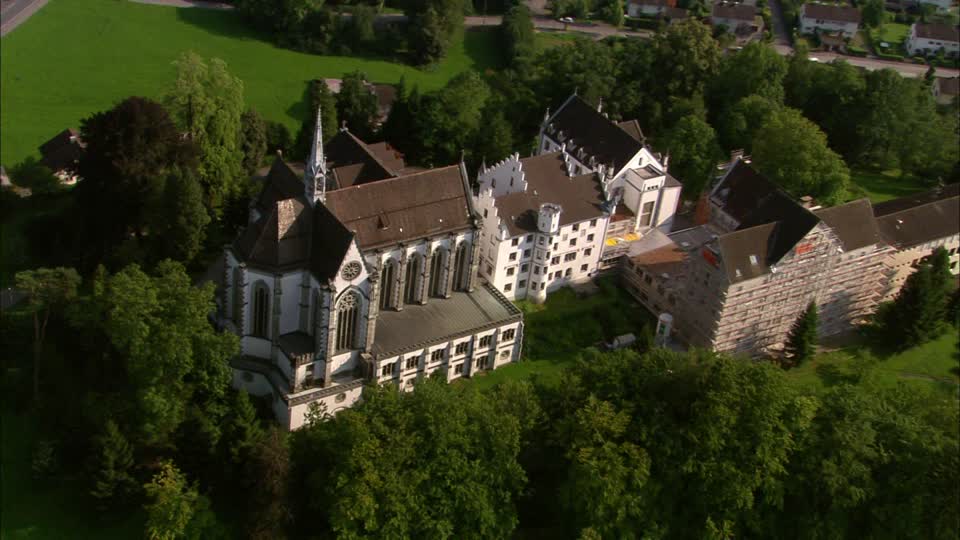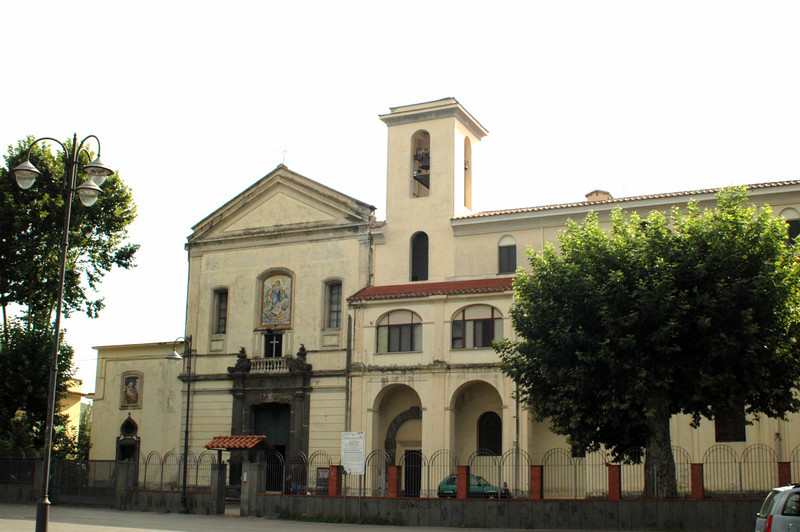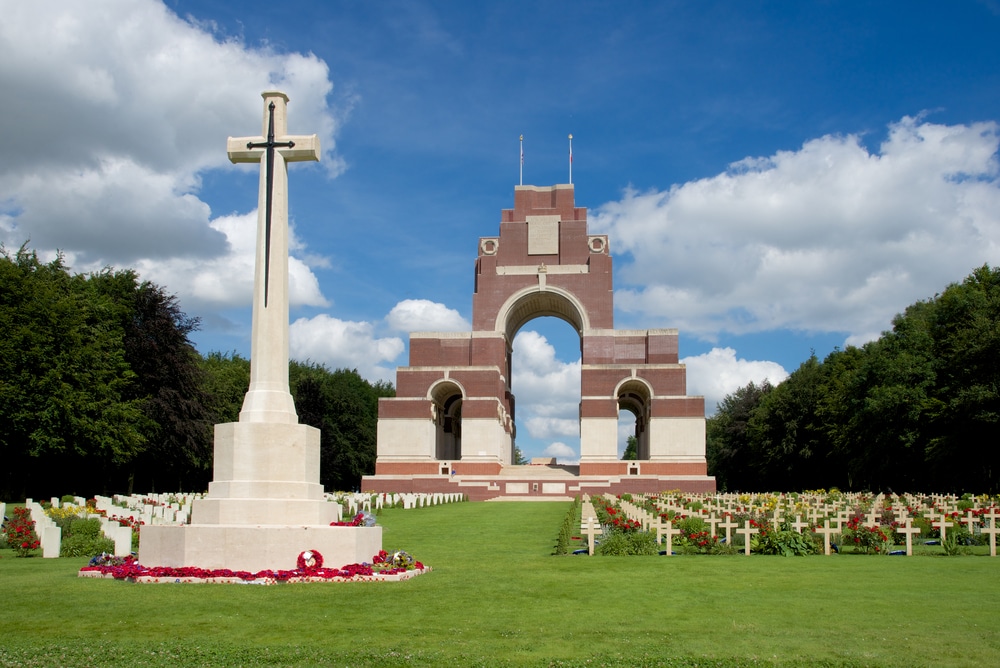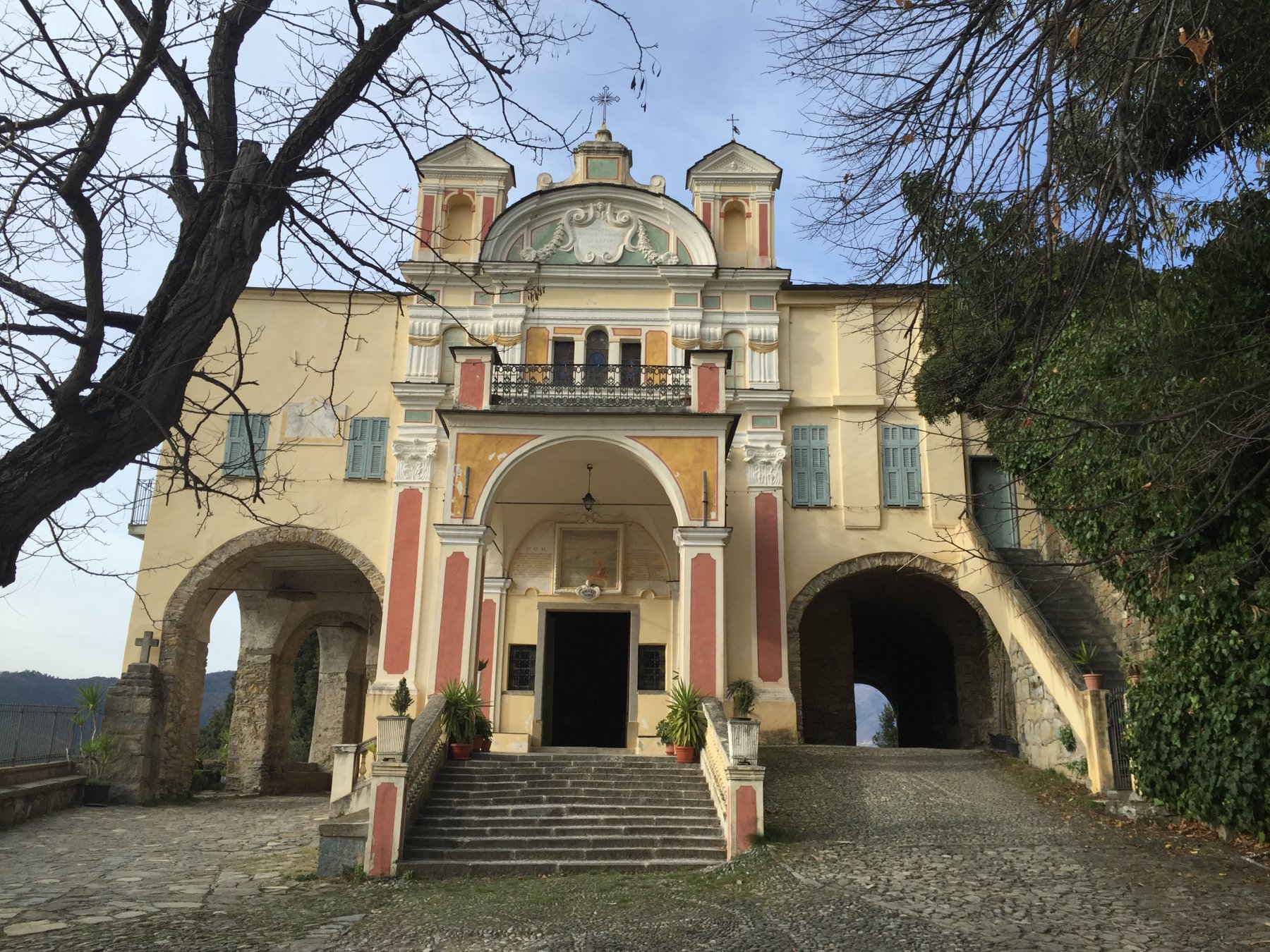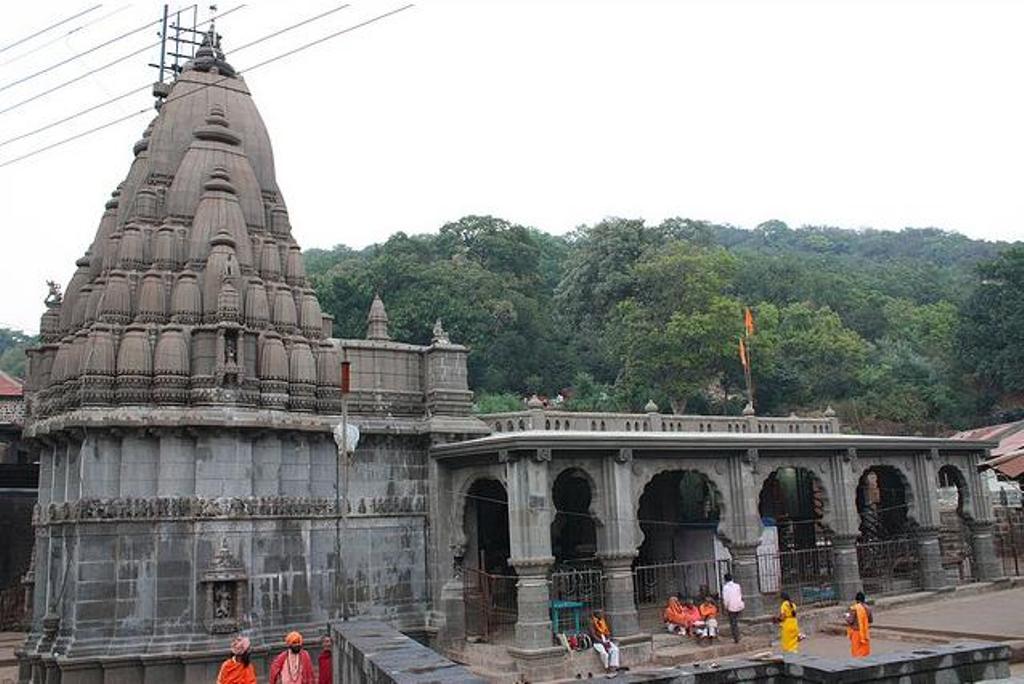The Church of Santa Maria di Castello is the oldest in the city and is so called because it was built on the site where a castle once stood.The church of Santa Maria di Castello was founded in medieval times as a church "infra castrum", in a central position in the pre-communal and communal city. However, there is no direct evidence of the laying of the first stone of the building, nor of the long building site from 1486 to 1545, the year of the consecration of the church in a form close to the one we know today, when the monastery passed from the protection of the Mortariensi to that of the Lateranensi. The separation of the monastery from the church, following the suppression of 1798, is the well-known cause of the serious decay of the ex-Lateranense complex, for which the monument underwent major works in the years 1842-43, following an earthquake in 1820. In reality, from the point of view of knowledge, the first fifty years of the nineteenth century coincide with the resumption of possession of the church by the city, after centuries in which Santa Maria di Castello had been a body in itself, the heart of the canonical settlement rather than a building of urban worship. The years between 1886 and 1932 saw Santa Maria at the centre of three restoration campaigns. An element of continuity within this period is the figure of Francesco Gasparolo for the vastness and methodicalness of the research. Some excavation tests were carried out which gave, for the first time, evidence of the antiquity of the monument; traces of previous foundations were found and the original columns of the cloister were discovered. With the death of Gasparolo, the season of the great fortune of Santa Maria di Castello came to an end, until the excavation campaign of 1970-1973, which brought to light the archaeological area with the remains of a pre-Romanesque church with a large apse dating back to the 8th century, and a second one with a Romanesque triapsidal structure dating back to the 10th-11th centuries, which would however only be studied from the mid-1980s when the Province of Alessandria entrusted a study to the architect Maria Grazia Vinardi of Turin.
